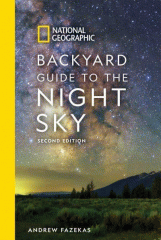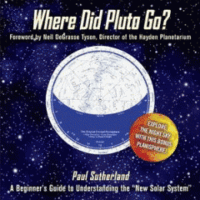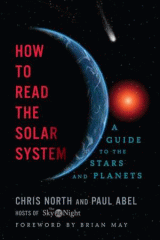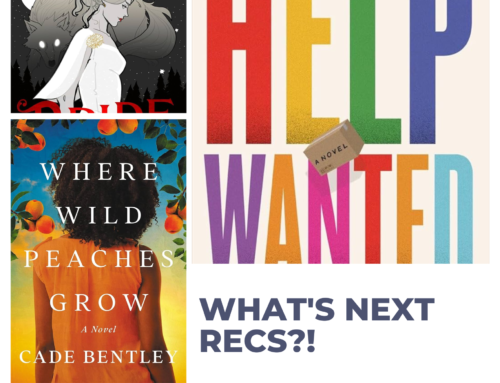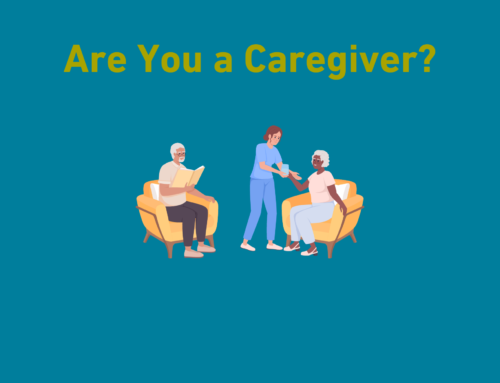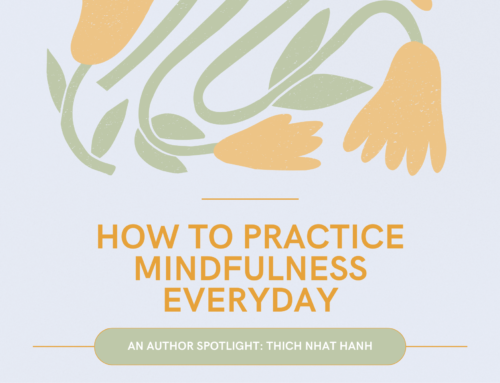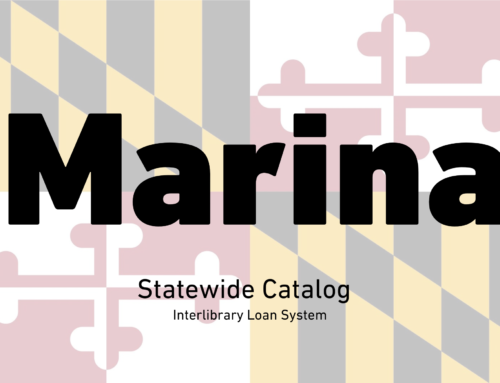
This summer, the best natural light show in the country will be making its debut from July 17 to August 24, with the peak being around August 13, 2023. Check the weather forecast, pick the nights that have a promise of clear skies, and make plans to get up early to enjoy the show. It’s free, exciting, and rated G, so even the kids can join in.
When to View:
Because of where we are on the earth’s axis, the best viewing time is going to be just before dawn – about 4:00 AM. That’s definitely the sticking point, but if the skies are clear, it could be a day you and your kids, grandkids, buddies, partner, or maybe even your dog, will remember for the rest of their lives.
Where to View:
Away from as much ambient light as possible. This means that if your neighborhood has streetlights, it’s not going to be the best. Instead, scout out a field, a riverbank, an area without electric lights. Do you know someone who has a few acres out in the country? Perhaps they’d be okay with you coming for a quiet viewing party on a clear early morning. If that doesn’t work, think about other places you could go. Charles County parks all close from dusk to dawn, so that’s not an option, but start asking around. Friends, family, or acquaintances might know of an out-of-the-way place you could go. Or, with a little planning, you could schedule a camping trip for a few nights. If you can get out of town, don’t head to a city, but go toward the mountains or an unpopulated area instead. Shenandoah National Park, or any camping area that has a tents-only, no electricity section, are options to consider.
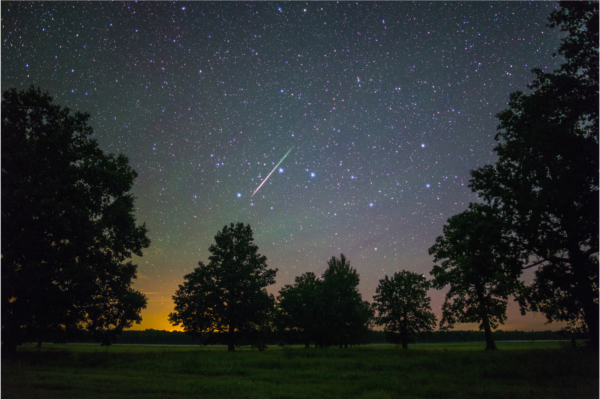
Equipment Needed:
This is the easy part – all you need is a tarp and a few blankets to put on the ground. The tarp is in case the ground is wet, the blankets are to put on the tarp for you to lie on top of, and maybe one to put over you if it’s chilly. You don’t want a telescope, binoculars, or even a camera, as all of those items limit your field of vision to a very small area of the sky. Instead, you want to be in a place with the most unobstructed view you can find. If you can’t lie down in the middle of a field, go to one edge and sit looking out over the expanse of sky.
Here are some books to get you interested in meteors as well as other phenomena in the night sky:
Backyard Guide to the Night Sky by Andre Fazekas
Explore the star-studded cosmos with this fully updated, user-friendly skywatcher’s guide, filled with charts, graphics, photographs, and expert tips for viewing — and understanding — the wonders of space. Stargazing’s too much fun to leave to astronomers. In these inviting pages, “Night Sky Guy” Andrew Fazekas takes an expert but easygoing approach that will delight would-be astronomers of all levels. Essential information, organized logically, brings the solar system, stars, and planets to life in your own backyard. Start with the easiest constellations and then “star-hop” across the night sky to find others nearby. Learn about the dark side of the moon, how to pick Mars out of a planetary lineup, and which kinds of stars twinkle in your favorite constellations. Hands-on tips and techniques for observing with the naked eye, binoculars, or a telescope help make the most out of sightings and astronomical phenomena such as eclipses and meteor showers. Photographs and graphics present key facts in an easy-to-understand format, explaining heavenly phenomena such as black holes, solar flares, and supernovas. Revised to make skywatching even easier for the whole family, this indispensable guide shines light on the night sky–truly one of the greatest shows on Earth!
NightWatch: A Practical Guide to Viewing the Universe by Terence Dickinson
A reference guide to the stars, galaxies, and planets that are visible in the night sky from North America and the Southern hemisphere. Includes star charts, diagrams, and photographs.
A Field Guide to the Stars and Planets by Jay M. Pasachoff
A field guide to the stars and planets, providing introductory tours of the night sky, twenty-four monthly sky maps, fifty-two atlas charts that cover the entire sky, and tips on how to choose telescopes and binoculars.
the New Solar System by Paul Sutherland
A twenty-first century look at our Sun, its planets, and their moons, including the latest research on the mysteries of space. Over the last few decades our knowledge of the universe and what resides within it has expanded enormously. This book adds a modern sense of perspective to the stars above by comparing the latest research and the most up-to-date technology with traditional beliefs–how ancient astronomers made sense of the heavens. In these pages you’ll find the evolving understanding of the solar system. A detailed overview examines how we read the night sky; constellations and the Zodiac; motion of the planets; comparative sizes and locations; where the asteroid belt is; comets; satellites; theories of planet formation; and more. The included planisphere wheel shows the positions of the stars at any time, on any day, and any latitude–complete with a description and examples on how to use it.–From publisher description.
The Amateur Astronomer by Patrick Moore
For more than three decades The Amateur Astronomer has inspired generations of amateur astronomers. Almost uniquely, Patrick Moore has written a book that is useful to astronomers at all levels, from beginner to expert.” “The appendices – completely updated in this new edition – provide extensive star, lunar and planetary maps, along with a vast amount of data and information that make this book an essential for every amateur astronomer’s library.
How to Read the Solar System: A Guide to the Stars and Planets by Chris North and Paul Abel
The Solar System – so what is it? This book looks at all the major players, including our more familiar neighbours – the Sun, the planets and their moons – the occasional visitors to our planet – asteroids, meteors and comets – as well as distant stars and what might be beyond our Solar System – Earth Mark II?
And here are a few books for any budding scientists who might be in your universe:

